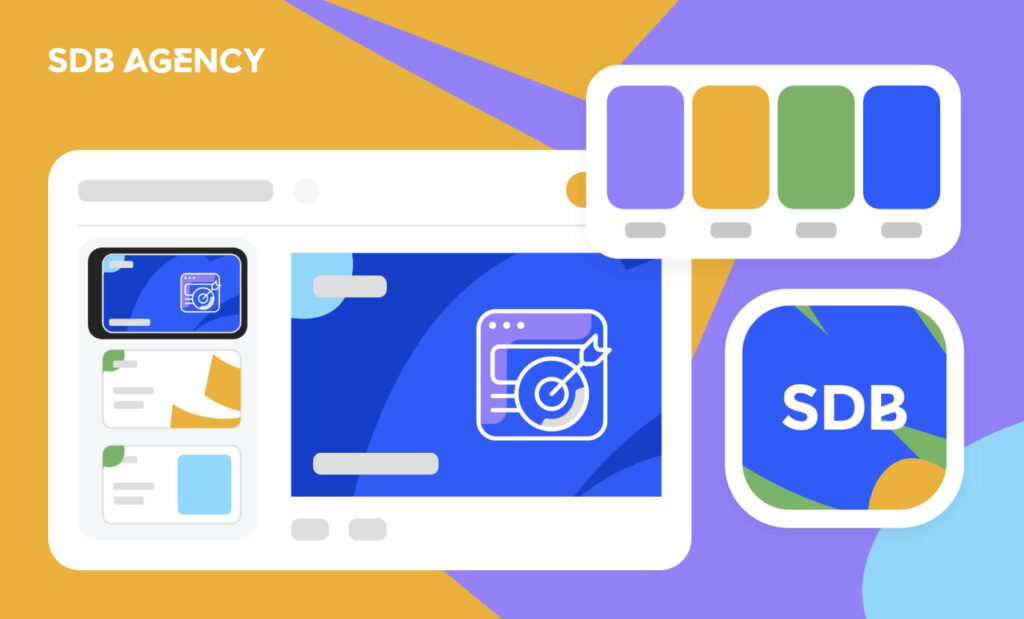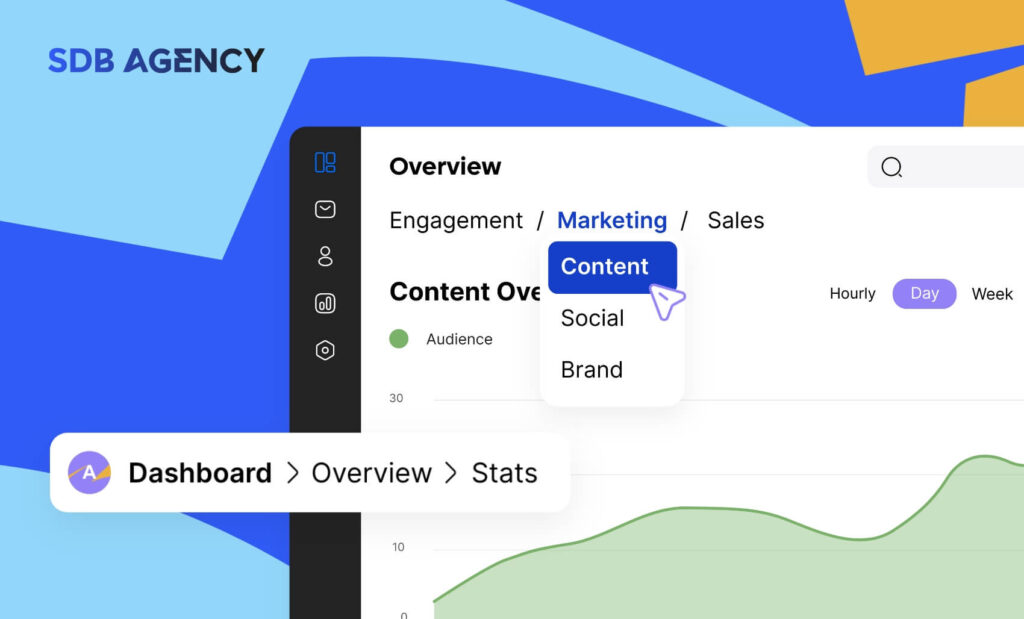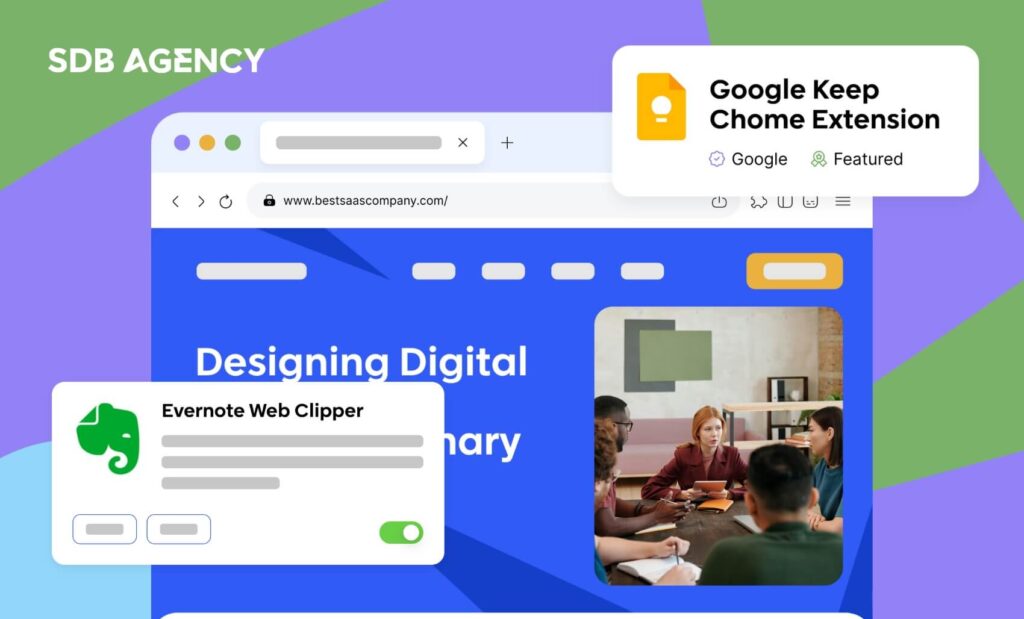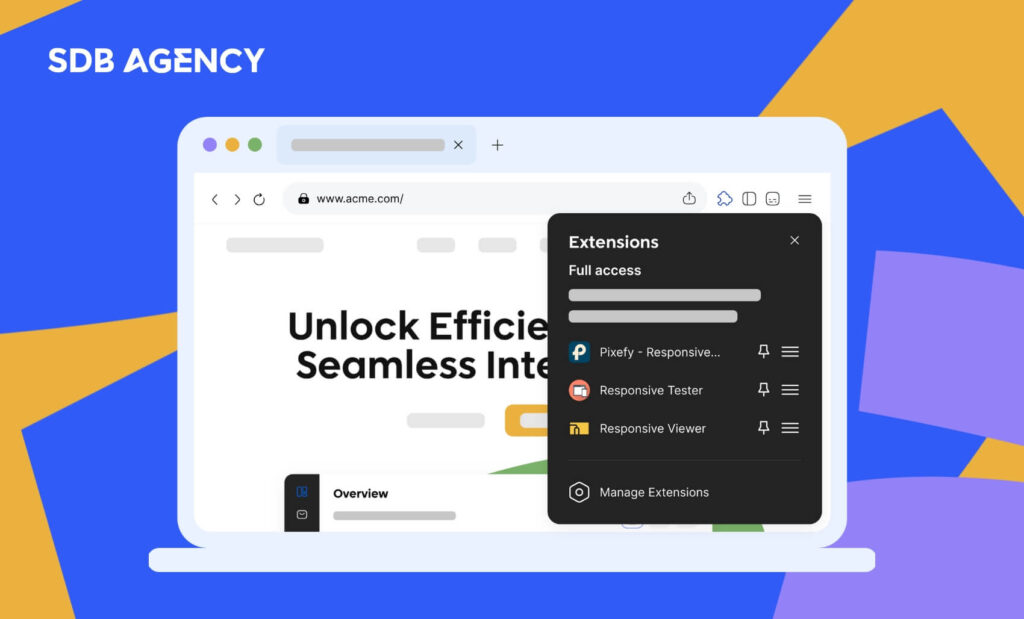How to Ensure Your New Website is Mobile-Friendly
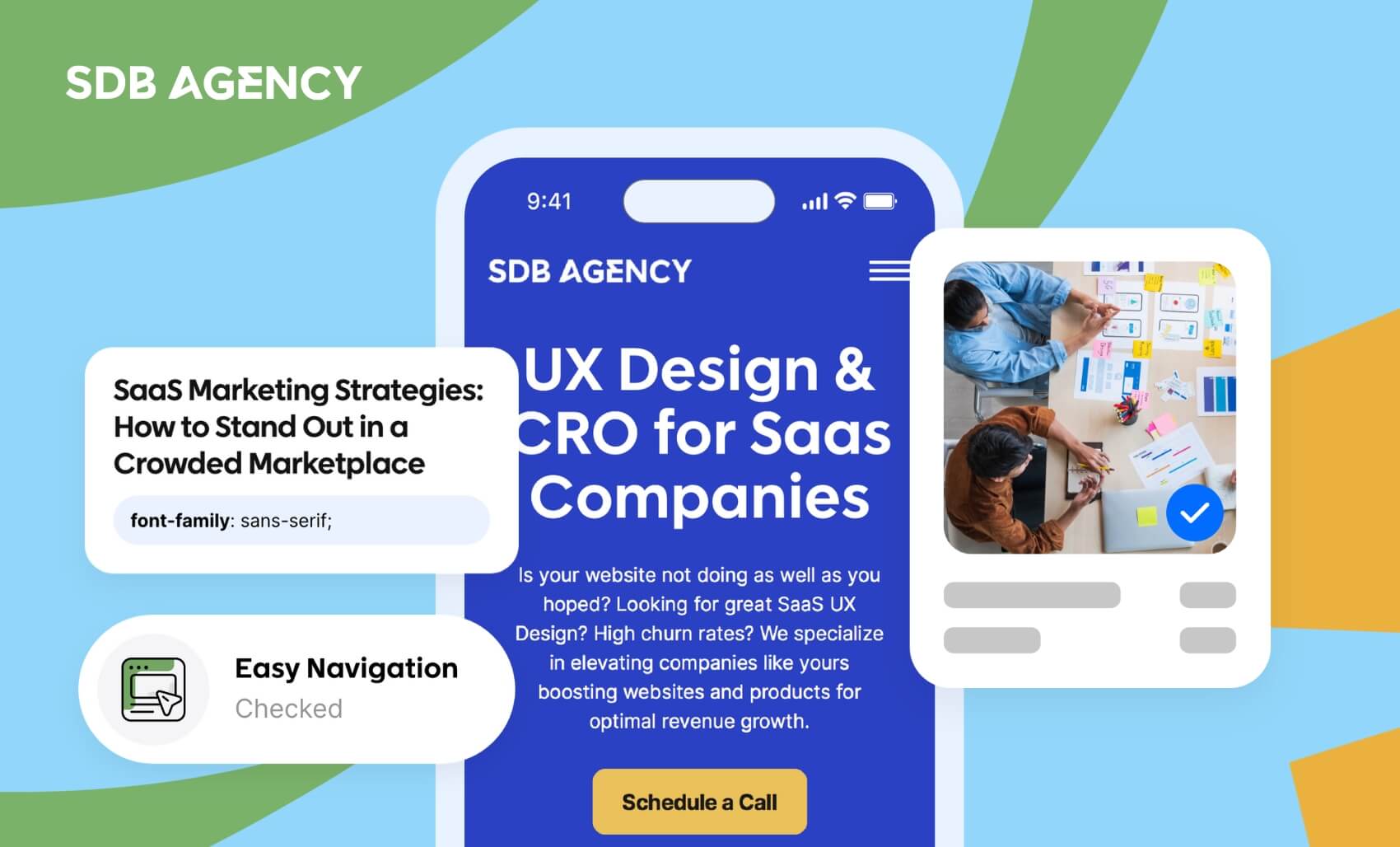
Nowadays, a mobile-friendly website isn’t an option for any business but a necessity!
Over half of all website traffic originates from mobile devices like iPhones, Android phones, iPads, and tablets. Today, if a business does not offer a mobile-friendly website that’s easy to view and use on a smaller screen, it will miss out on more than 50% of potential customers.
In 2020, almost 4.5 billion internet users worldwide, and over 3.9 of them accessed the internet via mobile devices.
Therefore, if your site isn’t optimized for mobile, your brand will become unsustainable, ultimately harming your business. So, what does it mean to be mobile-friendly? A mobile-friendly website is one that is designed, developed, and optimized for every user and all standard mobile devices.
How mobile-friendly is your site?
One way to test your site’s mobile-friendliness is by using Lighthouse. It’s a simple test that takes less than a minute to assess how your site is holding up. You’ll discover the usability errors that occur on your site and how you can improve it.
Why is being mobile-friendly important?
As there are more and more internet users and consumers on mobile devices who browse the internet and shop online, mobile-friendly websites also benefit from a host of other advantages. For example, Google prioritizes mobile-friendly websites, which is one of the reasons why your business can’t afford to be unfriendly to mobiles.
Google is responsible for over 90% of all the search traffic on the internet. Therefore, if your website is pushed down in terms of search rankings, you’ll likely miss out on crucial exposure and business.
6 things you should do to mobile-optimize your site
Creating a mobile-friendly website doesn’t need to be complicated. Here are our top tips to ensure your website is mobile-friendly:
1. Focus on easy navigation
When a website is not mobile-friendly, it is usually more difficult to navigate, view, and use on a mobile device. Your visitors may even have to zoom in to read your content or scroll endlessly to find a button or a link.
This kind of website experience will frustrate users, making them more likely to abandon your site. To prevent these unnecessary bounces, prioritize easy navigation. To do this, make buttons, texts, and menu options large enough and easier to find. Touchscreen navigation can lead to accidental clicks if your buttons are too close together or in the way of a finger when scrolling a page.
2. Ensure a responsive website
A responsive website is easier for users to view and use; it minimizes scrolling, zooming, panning, and confusion. The last thing you want to do is confuse your website visitors when they land on your site, as a confused user never acts.
A responsive website makes an enjoyable experience for every visitor, regardless of the device they’re using. Responsive design uses a grid system where every page is divided into columns at 100% of the browser’s width. This grid is flexible, and its content can be adapted and rearranged to fit the screen size. The “responsive website” term means that the grid content within it will recognize and “respond” to the size of the screen where it is viewed.
3. Avoid blocking Javascript, CSS or Image files, and stay away from Flash!
In simple terms, Javascript and CSS let Google view your website as a viewer and index it properly to optimize search rankings. If your website blocks Googlebot’s access, it may result in lower rankings and less visibility for your site.
Avoid Flash, as both iOS and Android don’t support it. Even if you use it, it won’t appear on mobile devices; instead, it will pop up an error page that says something like “Unplayable Content.” This error type will confuse your viewers and offer a bad impression to your users.
4. Optimize images
When adding images, ensure that only high-quality photos and graphics are included. Avoid using images that are too small or low resolution. Maintain consistency by ensuring that both mobile and desktop sites have the exact alt text for images, which is useful for describing the content of the photos.
5. Use standard fonts
Standard fonts are easier to read on smaller devices and are compatible with HTML/CSS. Devices like iOS and Android come with preinstalled web-friendly fonts such as Open Sans, Roboto or Lato. Having an ideal font size for mobile, 16px is generally the best.
Remember that what may look good on your desktop may appear too small on the phone, and no one wants to read tiny texts. With media queries, you can adjust the font sizes on various screen sizes. We suggest avoiding highly decorative decorative script fonts as they’ll likely be hard to read on smaller screen sizes. Pick a simple and clean serif font like Roboto or other common sans serif fonts like Georgie for a longer body text.
6. Maintain a clear language
When branding for mobile, aim for a shorter subject line with less text and include a bigger CTA button (but not so big that it takes up the entire mobile screen). Easy-to-digest content is a rising trend that comes with the rise of mobile.
Take a quick look at your website, blog, and email marketing. Where can you simplify without sacrificing the message you’re trying to convey? Be as strategic as possible, and think intentionally. When writing your content, ensure you craft the same clear headings on mobile as you would on desktop.
Conclusion
Designing your website to be mobile-friendly is crucial. Google ranks websites based on how mobile-friendly they are, and more people use mobile devices to access the internet. As there are so many screen sizes available, your website must be capable of adjusting to each one.
Let’s summarize our checklist for a mobile-friendly website:
- Prioritize easy navigation.
- Ensure it’s responsive – It will keep your site interface similar across different devices.
- Keep Javascript, CSS, or Image files, and avoid Flash.
- Optimize images and combine files to reduce load time.
- Stick to the standard fonts and choose the ones that are easy to read with proper font size.
- Maintain clear language with just enough content and large enough CTA buttons.
Lastly, remember to run tests and make necessary changes, and you’ll be on your way to creating a mobile-friendly website that ranks higher on Google rankings.

